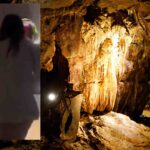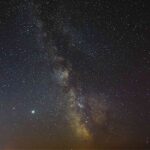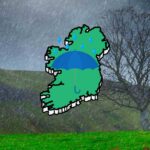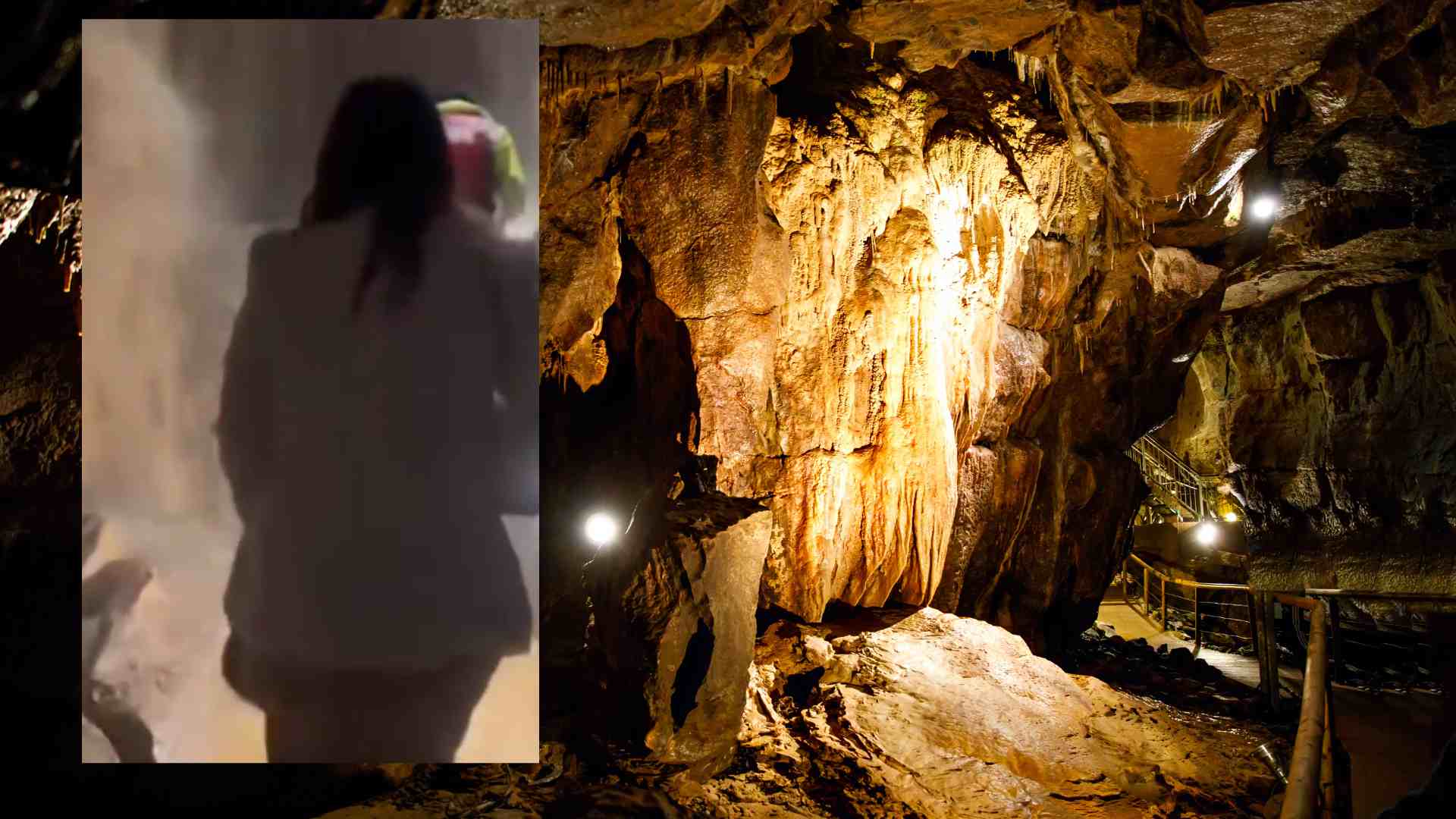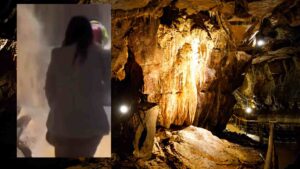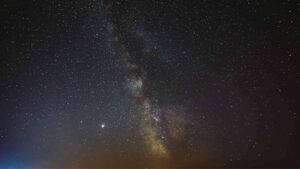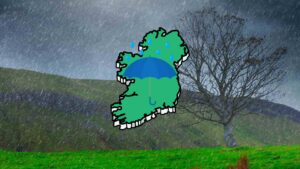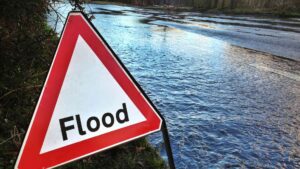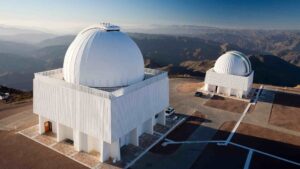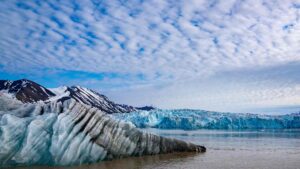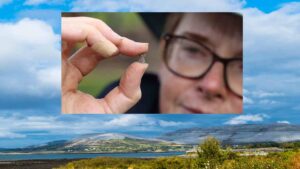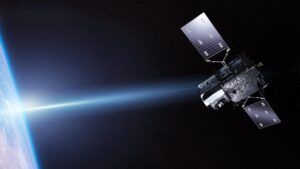
Svalbard Soaks in Midwinter Rain
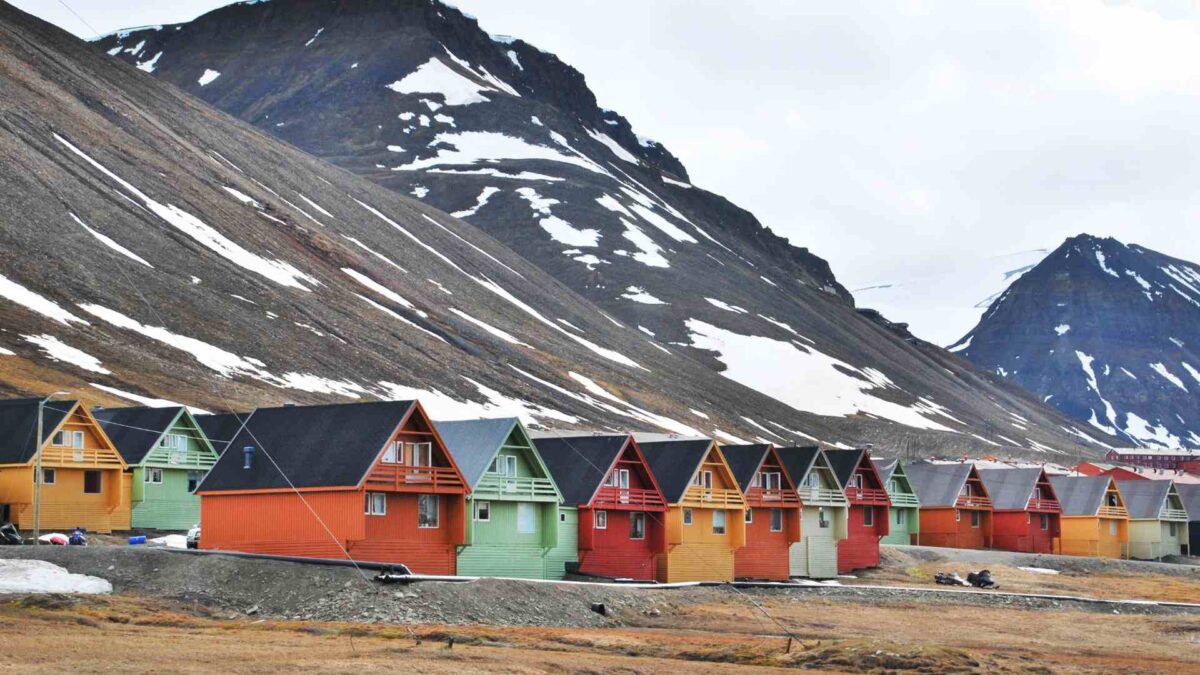
Irish readers used to unpredictable winters might raise an eyebrow at the idea of rain and blooming plants in the middle of an Arctic February — but that’s exactly what researchers found during a recent expedition to Svalbard, a Norwegian archipelago deep inside the Arctic Circle.
A chilling (or rather, warming) commentary just published in Nature Communications reveals how scientists from Queen Mary University of London arrived in Svalbard expecting harsh winter conditions — and instead found themselves hiking in slush and standing on bare tundra.
Dr James Bradley, an environmental scientist who led the fieldwork in February 2025, said the experience was “shocking and surreal.”
“The thick snowpack vanished within days,” he said. “We were standing in pools of meltwater at the glacier’s edge. The gear I packed felt like a relic from another climate.”
Svalbard Heating Up Fast
Svalbard is warming at six to seven times the global average, making it one of the fastest-heating regions on the planet. This rapid change is part of a phenomenon known as Arctic amplification — where warming is happening far more quickly than elsewhere.
The commentary warns that what happened this winter — rain instead of snow, green ground instead of frozen — is no longer a freak event. It’s becoming the new normal. And that’s a huge problem for scientists, wildlife, and the global climate system alike.
PhD student Laura Molares Moncayo, who co-authored the study, explained how the warm conditions disrupted their research completely: “We went to study freshly fallen snow — but only managed to collect fresh snow once in two weeks,” she said. “Most of the precipitation fell as rain. It made us question how safe or even possible winter fieldwork will be in the future.”
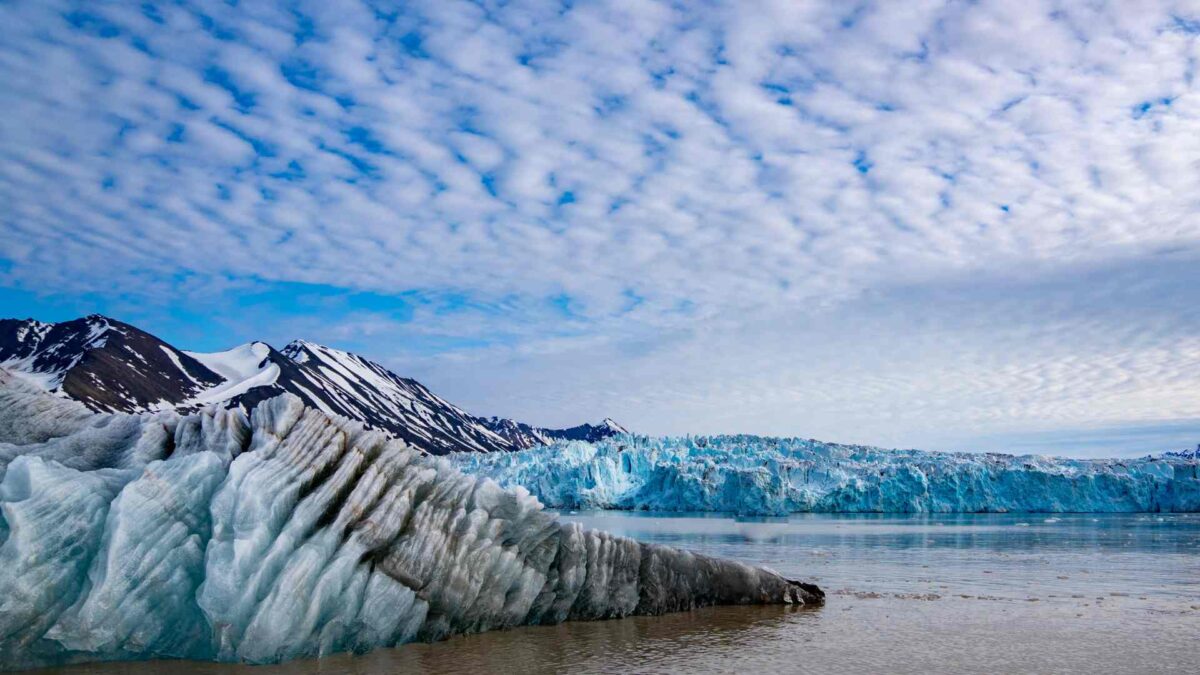
Melting Ground, Melting Certainties
The loss of snow cover and the rise in winter temperatures do more than just inconvenience researchers. Melting snow exposes dark ground, which absorbs more heat and leads to even faster warming. This creates temporary lakes of meltwater over frozen soil — conditions that can trigger bursts of biological activity, including the release of greenhouse gases from thawing permafrost.
The effects ripple outward, disrupting Arctic ecosystems, changing animal survival patterns, and threatening Indigenous communities who rely on stable winter conditions for transport and hunting.
Science and Safety Under Pressure
The sudden thaw in Svalbard raised real safety concerns. Snowmobiles became nearly useless in the slushy snow. With polar bears roaming the area, the team needed to be ready to retreat quickly — something much harder to do when the terrain turns to mush.
The commentary calls for a major rethink in how we monitor and prepare for Arctic winters. More funding, more data, and better planning are urgently needed. Winter is no longer a “safe” season in the Arctic — it’s becoming a season of serious risk.
Share this WeathÉire story:

